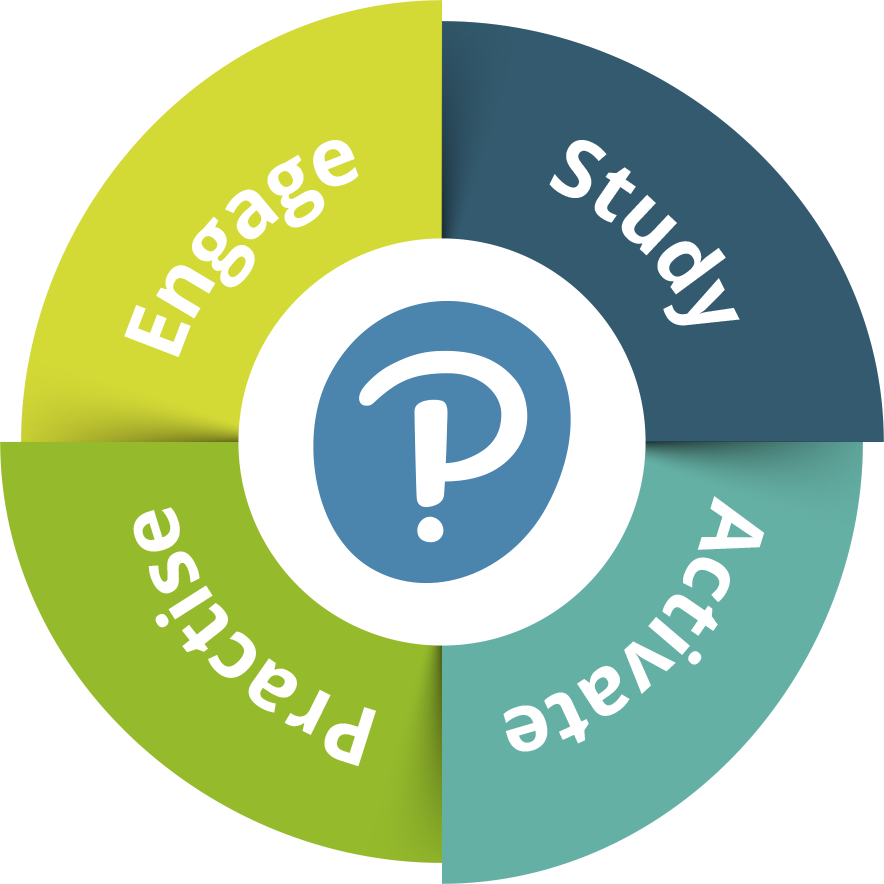
Input session Lesson planning ESA Engage, Study, Activate and lesson
The structure of a Boomerang lesson is Engage-Activate-Study-Activate (EASA). Unlike a Straight-Arrow lesson, a Boomerang lesson dives straight into the activate phase of the lesson before the study phase, then finishing by reactivating the students. During the initial activate phase, students will most likely be unable to use the language.

(PDF) Effect and Students’ Perception of the ESA (Engage, Study
Engage, Study, Activate (ESA) is a method of sequencing activities in your lessons and was first proposed by Jeremy Harmer in his book, ' How to Teach English '. At first glance, ESA appears to be the same as PPP ( Presentation, Practice, Production ).

Outline of an Example ESA Lesson Engage YouTube
When thinking about an English lesson it is useful therefore to keep the following three elements in mind - Engage - Study - Activate. This means getting the students interested in the class. Engaging students is important for the learning process. Every lesson usually needs to have some kind of language focus.

PPT LESSON PLANNING PowerPoint Presentation, free download ID3490672
The Straight Arrow method is a streamlined and teacher-friendly variation of the classic Engage, Study, Activate (ESA) framework, designed to provide a clear path for effective language teaching. At its core, it maintains the fundamental principles of ESA while simplifying the structure for educators and students alike.

Sample Lesson Plans Lesson plans, Lesson, How to plan
Engage, Study, Activate (ESA) is a method of sequencing activities in your lessons, and was first proposed by Jeremy Harmer in his book, 'How to Teach English'.

Input session Lesson planning ESA Engage, Study, Activate and lesson
“ESA†is a method commonly used in teaching English as a foreign language and stands for Engage, Study, and Activate. ESA is designed to allow movement back and forth between the stages and is popular for its flexibility. The elements - Engage, Study and Activate (ESA) - are necessary for successful language learning in classrooms and.

ESAP online teaching methodology Resources Pearson English
The duration ratio of each phase should be: Engage - 10 min, Study - 15, Activate - 20. 2. The flow chart of the lesson, teaching materials and tasks must be consistent with the ESA method.

TKT Reflection Blog Cristhian Sánchez 10. TEACHERS DO INSTRUCTIONAL
Study. During this part of the lesson, the focus is on language and how it is constructed. New information or a revision of previously learned information can be included during this time. The teacher can use a variety of styles to present the information, focusing on grammar, vocabulary or pronunciation. Styles include the teacher presenting.

Gráfico digital Engage Study Activate Cartoon · Creative Fabrica
Enter the Boomerang variation of the ESA (Engage, Study, Activate) teaching method. The Boomerang method in ESA is a more flexible approach. It still involves the three core stages of ESA: Engage, Study, and Activate, but in a non-linear flow. the Boomerang method starts with an Engage phase, followed by an initial Activate stage, then a Study phase and it concludes with a second Activate stage.

(PDF) Promoting Engage Study Activate (Esa) Technique to Teach Speaking
The writer introduces ESA (Engage, Study, Activate) method. In this method, firstly the teacher gets the class interested and engaged, then they study something, and then they try to activate it by putting it into production. Keywords: Teaching Speaking, ESA Method, Junior High School

E.S.A (Engage, Study Activate) Lesson Plan Neuropsychology
The Engage Study Activate (ESA) teaching method emphasizes active learning in a meaningful context. This method is based on the idea that students learn best when they are actively engaged in the learning process and when they are exposed to authentic and meaningful language use. The ESA method is often used in the Communicative Language.

(PDF) The Effect of Engage, Study, and Activate Method Towards Students
The “Straight Arrow†ESA starts with the Engage Phase, with the Study Phase in the center, and finally ends with the Activate Phase. This method best suits beginner levels. It allows newer students to gain confidence by reviewing difficult material before using it in the Activate Stage. In the “Boomerang†ESA lesson, the.

LESSON PLANNING 2011 2012
What is the Engage Study Activate teaching method? The Engage Study Activate (ESA) teaching method emphasizes active learning in a meaningful context. This m.

What is EngageStudyActivate (ESA)? — Barefoot TEFL Teacher
The first variation is the Boomerang approach: E.A.S.A. It is a task based approach. The Boomerang approach after the Engage (E) phase, gets students to perform a task (A) using all and/or any language they know and only then does the teacher go back to the language Study (S). The Study phase is then undertaken based on what the teacher.

Session 5
The ESA (Engage, Study, Activate) method has become a cornerstone for many educators. Among its variations, the Patchwork approach stands out for its flexibility and adaptability. Patchwork ESA method, as the name suggests, adapts to multiple learner ability levels and uses Engage, Study, Activate phases in non-linear patterns. It fosters student engagement through customized, responsive…

The EngageStudyActivate (ESA) Method of Teaching English Teacher Guide
The ESA (Engage, Study & Activate) Method to Teach the Grammatical Structures: Here is what you should do in each stage: Engage. Discussion. Scenario or situation building. Prompting. Question and answer. Use of pictures, drawings, real objects, mime, etc. Study. Practise the intonation and pronunciation of the structure.